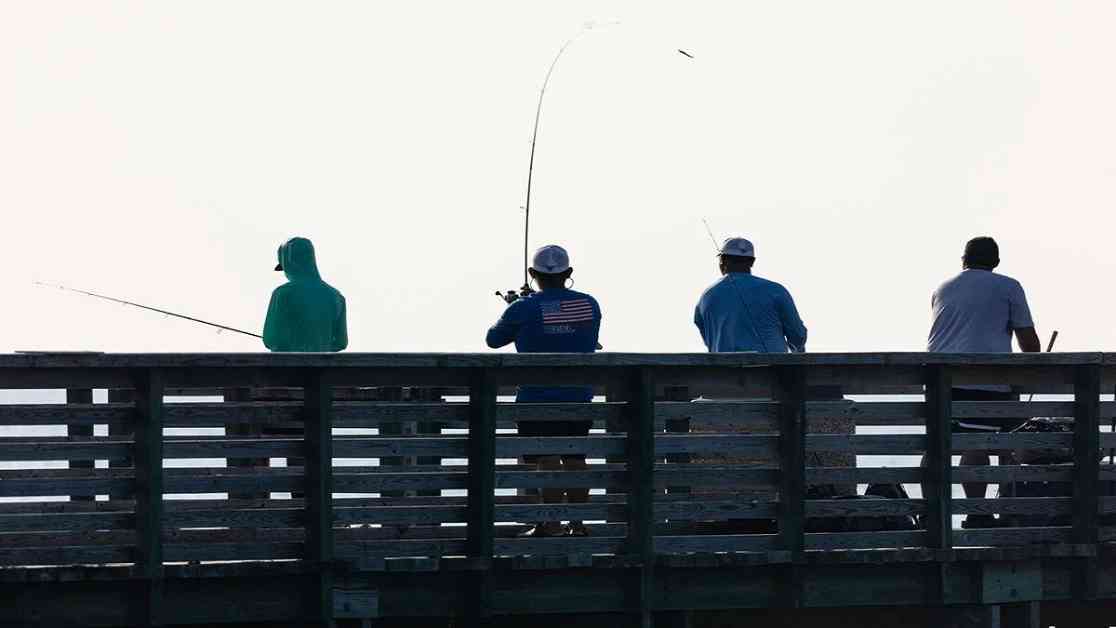Congress Fails to Establish Chesapeake Bay Recreation Area in 2021, Delays Until 2025
Despite bipartisan support and high hopes, Congress has failed to establish the much-anticipated Chesapeake National Recreation Area this year. The Senate unanimously approved the measure on December 18, but the House did not take action, postponing the decision until 2025 when the next Congress convenes.
The bill aimed to create the Chesapeake National Recreational Area, which would include sites like the Burtis House, Whitehall mansion, Thomas Point Shoal Lighthouse, and North Beach of Virginia’s Fort Monroe. These locations would offer visitors a unique glimpse into the natural, cultural, and historic significance of the Chesapeake Bay region.
Senators Tim Kaine and Chris Van Hollen, among others, expressed disappointment at the delay but remained hopeful that the legislation would eventually pass. They emphasized the importance of honoring the Bay’s legacy, promoting responsible stewardship, and boosting economic growth in the watershed region.
While advocates are eager to see the Recreation Area come to fruition, they understand the need for patience as the legislative process unfolds. The National Park Service would manage the recreation area and work with voluntary participating sites to showcase the diverse stories of the Bay.
Supporters Optimistic Despite Setback
Joel Dunn, president and CEO of the Chesapeake Conservancy, highlighted the potential of the Recreation Area to elevate the Chesapeake Bay to the ranks of iconic American landscapes like Yellowstone and Yosemite. He underscored the importance of preserving the Bay’s history and ecology for future generations.
A Glimpse into Chesapeake’s Untold Stories
Advocates believe that the Recreation Area would shed light on often overlooked narratives, including those of indigenous peoples, enslaved Blacks, and early colonists in Maryland and Virginia. By sharing these stories, the area hopes to foster greater appreciation for the Bay’s environmental significance and economic contributions.
Looking Ahead
As efforts to establish the Chesapeake National Recreation Area continue, stakeholders remain committed to expanding public engagement, enhancing conservation efforts, and promoting sustainable growth in the region. While the road to legislative approval may be longer than anticipated, the vision of a unified and celebrated Chesapeake Bay remains within reach.


















